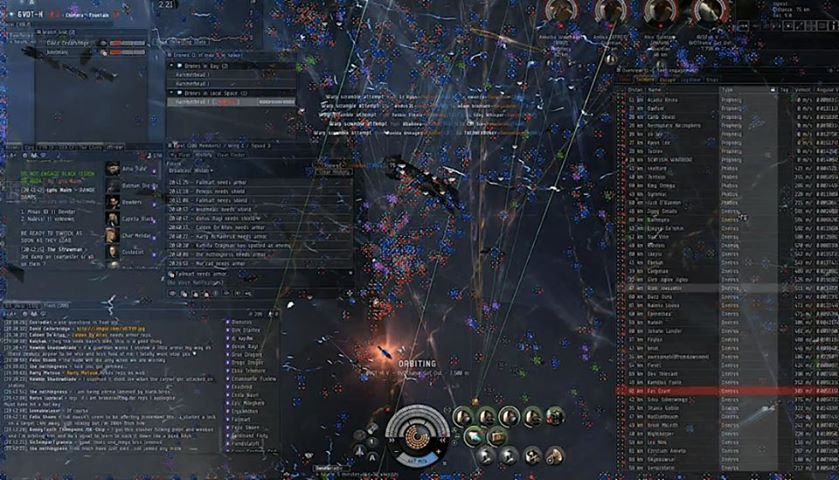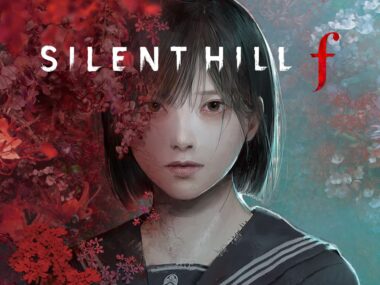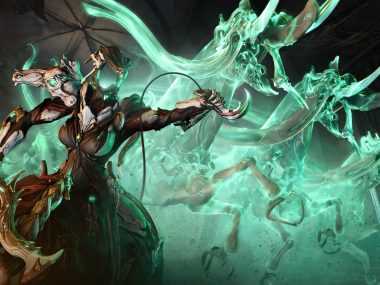On July 28, 2013, over four thousand players logged into EVE Online and rewrote the rules of what’s possible in a video game. The 6VDT-H system became the stage for the largest fleet battle in the game’s history. An eight-hour slugfest that drew over 4,070 pilots into a single star system, shattered previous participation records, and ultimately forced the TEST Alliance into retreat. But beyond the jaw-dropping stats and server-slowing chaos, this battle raises a deeper question: why do players invest so much into conflicts that exist only in a virtual universe?

The Mechanics of Mayhem
To understand what made 6VDT-H such a pivotal event, it helps to look at the raw scale. This wasn’t just a big battle. It was a logistical miracle and a testament to EVE Online’s unique sandbox ecosystem. With more than 2,900 ships destroyed and the game’s time dilation system slowing the action to 10% of normal speed, the clash was less about reflexes and more about strategic endurance.
Two major alliances, TEST and CFC (Community and Federation Coalition), brought their months-long war for the Fountain region to a head. TEST framed 6VDT-H as their last stand. CFC treated it as a formality, the final nail in a drawn-out campaign. The system itself had lost much of its strategic value, but symbolically, it was everything. It was where the war would end, win or lose.
Strategy in a Sandbox
CFC’s tactics were ruthless and elegant. They formed a spherical perimeter 80km wide around the central station, neutralizing bombers while keeping their Megathron battleships in ideal range for focused fire. TEST’s command ships were specifically targeted, leaving their fleet disorganized and vulnerable.
As the battle drew to a close, TEST attempted a last-ditch suicide run. It failed. Hundreds of ships were lost in a futile final push, including a dreadnaught. Escape was no longer an option. GSOL, a CFC subgroup, had deployed 26 starbase towers in 6VDT to box TEST in. Their retreat routes were sealed before the final volley was ever fired.
The Human Element
Despite the fictional setting, the emotions felt during 6VDT-H were very real. TEST’s CEO, BoodaBooda, tried to rally morale with a Tolkien-inspired speech:
“A day will come again when the courage of TEST fails… But it is not this day. This day we fight.”
The speech was noble, but ineffective. The battle, and the war, were already lost. CFC’s the_mittani responded with mockery, posting counter-quotes and celebrating the overwhelming defeat of a rival that once dared to challenge them.
The fallout was immediate. TEST began withdrawing from Fountain. Thousands of player hours and in-game wealth had been poured into a war that ended in dramatic failure for one side, and total victory for the other.
Why It Mattered
The battle of 6VDT-H wasn’t just a spectacle. It was a case study in EVE Online’s most powerful mechanic: player-driven meaning. The game doesn’t hand out scripted victories or cinematic cutscenes. Instead, it gives players the tools to create their own history. That’s exactly what happened here.
What made this battle memorable wasn’t the numbers, the graphics, or even the outcome. It was the combination of human drama, strategic complexity, and consequences. Loss in EVE hurts. Ships don’t respawn. Alliances fall. Empires crumble. And yet players come back, because what they’re building—or destroying—feels like it matters.
The Takeaway
The 6VDT-H battle reminds us that meaning in games doesn’t have to be programmed. It can be earned. When players care enough to stage eight-hour battles, rally behind speeches, and risk everything for territory they’ll never physically see, it tells us something profound: virtual wars can feel real, because the stakes are real to the people who play them.
And that’s what made 6VDT-H not just a milestone for EVE Online, but a defining moment in gaming history.
📌 Changelog
- May 4, 2025: Article re-written to add additional information. Added link to battle.
- Jul 29, 2013: Original article posted.






